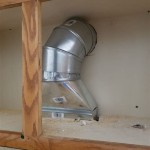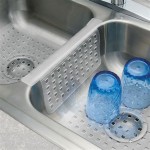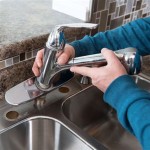Identifying the Problem
The first step to fixing a leaky kitchen faucet is to identify the exact cause of the leak. This can involve checking for loose parts, looking for signs of wear or damage, and inspecting the faucet for any visible signs of deterioration. It’s also important to determine if the leak is coming from the faucet itself or from the pipes that connect to it. This can help to narrow down the potential causes and help you choose the right repair solution.
Gathering the Right Tools
Once the cause of the leak has been identified, you’ll need to gather the right tools and materials for the job. This may include a wrench, pliers, a basin wrench, a screwdriver, and some rags. Additionally, you may need to purchase new parts for the faucet, such as a new washer or a new cartridge.
Replacing the Parts
Once you’ve gathered the necessary tools and materials, you can begin the process of replacing the parts that are causing the leak. This may involve unscrewing the faucet handle and removing the old washer or cartridge. Then, you’ll need to install the new parts and reassemble the faucet. It’s important to be careful and follow the manufacturer’s instructions as you go, as this will ensure that the faucet will work properly when you’re finished.
Testing the Faucet
Once you’ve finished replacing the parts, it’s important to test the faucet to make sure that the leak has been fixed. This can be done by running the water for a few minutes and checking for any signs of a leak. If the faucet is still leaking, it may be necessary to disassemble and reassemble it again, or to purchase new parts.
Conclusion
Fixing a leaky kitchen faucet can be a simple and straightforward job, as long as you have the right tools and materials. By identifying the cause of the leak, gathering the right tools and materials, replacing the parts, and testing the faucet, you can quickly and easily repair a leaking kitchen faucet and prevent any further damage to the faucet or plumbing.














Related Posts








